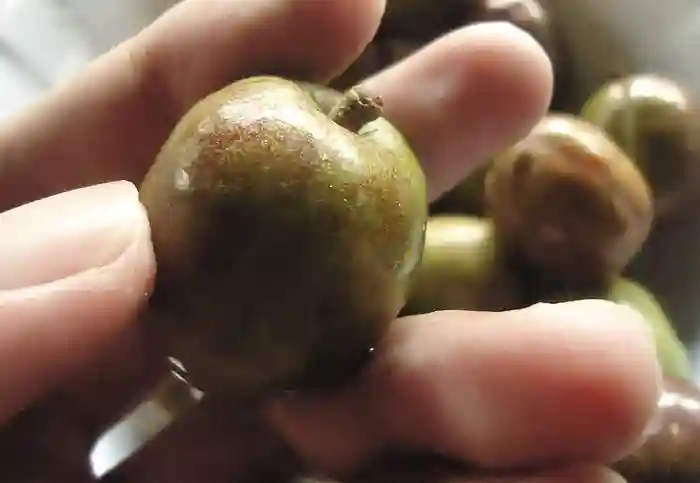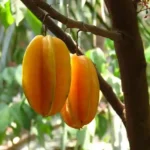Siniguelas – A Taste of Summer in the Philippines

As the scorching heat of summer envelops the Philippines, there’s one fruit that brings both relief and nostalgia—siniguelas. Also known as the Spanish plum (Spondias purpurea), this small, juicy fruit is a beloved treat among Filipinos, especially during its peak season from April to June.
What is Siniguelas?
Siniguelas, sineguelas or sinengwelas is a tropical fruit native to South America, introduced to the Philippines by Spanish explorers. The tree is unique in that it sheds all its leaves before the fruits appear, much like the plumeria tree before it flowers. The fruits start off green and gradually turn yellowish or purplish as they ripen. Inside, you’ll find a large seed surrounded by a sweet and tangy pulp that’s both refreshing and satisfying.
Nutritional and Medicinal Benefits
Beyond its delightful taste, siniguelas is packed with nutrients. It’s rich in vitamin C, which boosts the immune system and promotes healthy skin. The fruit also contains potassium for heart health, dietary fiber for digestion, and iron to prevent anemia. Additionally, it has antioxidant properties that help combat free radicals in the body.
Traditionally, siniguelas has been used in various medicinal applications. The fruit’s pulp is considered astringent and is used to treat diarrhea. In some cultures, the bark and leaves are utilized for their antibacterial and anti-inflammatory properties. For instance, in Haiti, leaf juice is taken orally for swollen glands, while crushed leaves are applied for headaches.

Fruits of Spondias purpurea – Creative Commons | Author: Elveoflight – Source: https://commons.wikimedia.org/wiki/File:Jocote_fruit.jpg
Siniguelas Culinary Delights
Siniguelas isn’t just for snacking; it plays a role in Filipino cuisine in various forms:
- Fresh and Salty: Simply peeled and eaten with a pinch of salt, it’s a refreshing treat.
- Kinilaw: In some regions, siniguelas is used in kinilaw, a Filipino ceviche-like dish.
- Sinigang: It can be added to sinigang (sour soup) as a substitute for traditional souring agents like tamarind.
- Preserves and Beverages: The pulp can be made into marmalade, refreshing drinks, or even fermented into wine.
A Word of Caution
While siniguelas is delicious and nutritious, moderation is key. Consuming large quantities, especially when the fruit is semi-ripe, may lead to stomach discomfort due to its acidic content. Always ensure the fruit is ripe before indulging.
Siniguelas is More than just a Fruit
It’s a symbol of summer in the Philippines. Its unique flavor, combined with its nutritional and medicinal benefits, makes it a cherished part of Filipino heritage. So, the next time you bite into this sweet and tangy delight, remember you’re savoring a piece of the Philippines’ rich cultural tapestry.
References:
https://en.wikipedia.org/wiki/Spondias_purpurea










